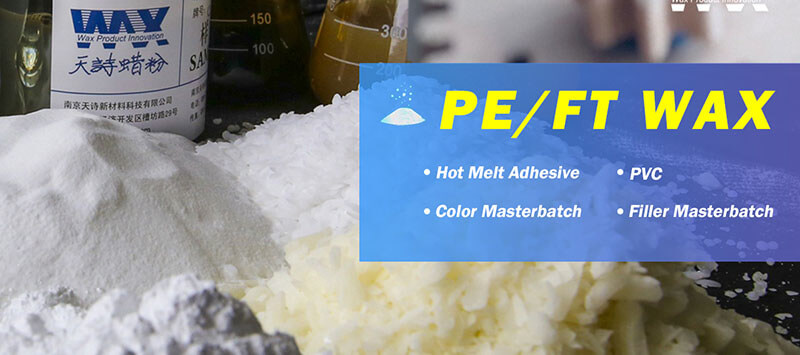2023-11-03 Pageview:378
Can polyethylene wax provide lubrication? Polyethylene wax is a good internal lubricant, used in polyethylene and polypropylene, and is not completely compatible with polyethylene wax, so it plays an external lubrication role to a certain extent. For large injection molded products, wax can not only improve fluidity during processing, but also greatly improve surface gloss and resistance to environmental stress cracking.

Polyethylene wax (PE wax), also known as high molecular wax or polyethylene wax for short. It is widely used because of its excellent cold resistance, heat resistance, chemical resistance and wear resistance. In normal production, this part of wax can be directly added to polyolefin processing as an additive, which can increase the optical translation and processing properties of the product. As a lubricant, it has stable chemical properties and good electrical properties.
Polyethylene wax has good miscibility with polyethylene, polypropylene, polyacetylene, propylene rubber, and butyl rubber. It can change the fluidity of polyethylene, polypropylene, and ABS and the release properties of polymethylmethacrylate and polycarbonate. Compared with PVC and other external lubricants, polyethylene wax has a stronger internal lubrication effect.
The working principle of polyolefin wax is as follows: polyolefin wax dissolves in solvents at high temperatures (about 100-140°C), and precipitates when cooled to normal temperature, and exists in the form of microcrystals in the paint. Its thixotropy is beneficial to the storage of paint, and after the paint is applied, it can migrate to the surface of the coating film during the solvent evaporation process, and eventually form a “waxed” surface layer with other components of the paint. The effect of polyethylene wax depends on the following factors: the variety and specifications of the polyethylene wax, the fineness of the final particles, the ability to migrate to the surface of the coating film and the composition of the coating, the nature of the substrate to be coated, the construction Application methods, etc.
 Leave a message
Leave a message



We’ll get back to you soon